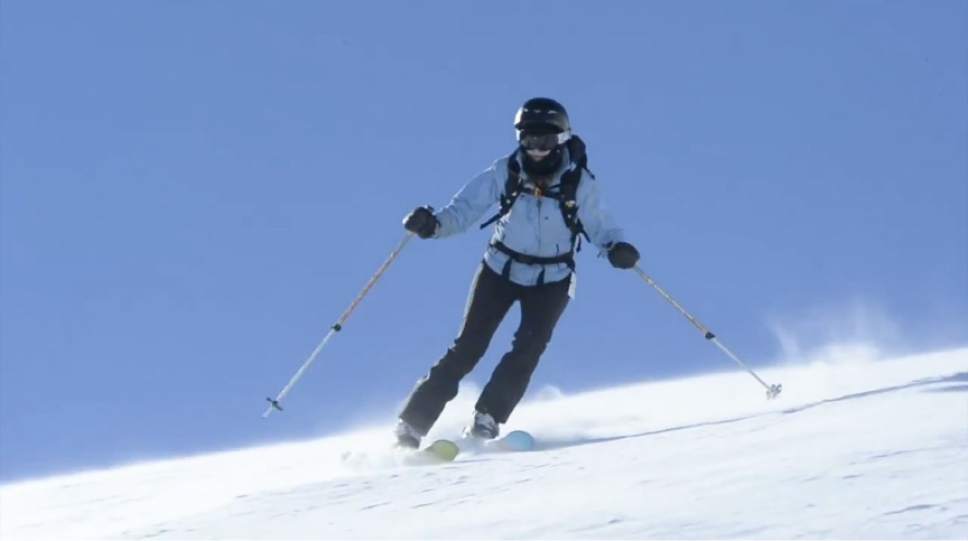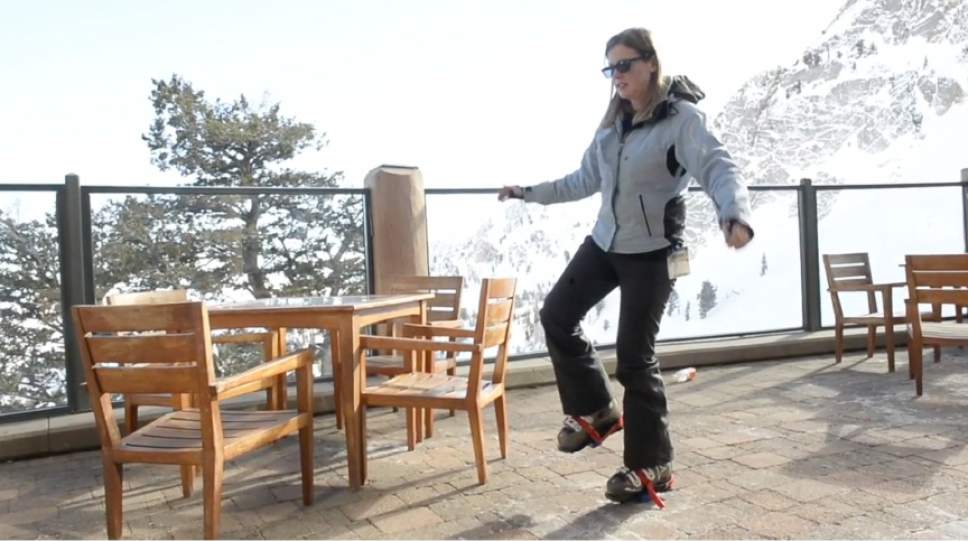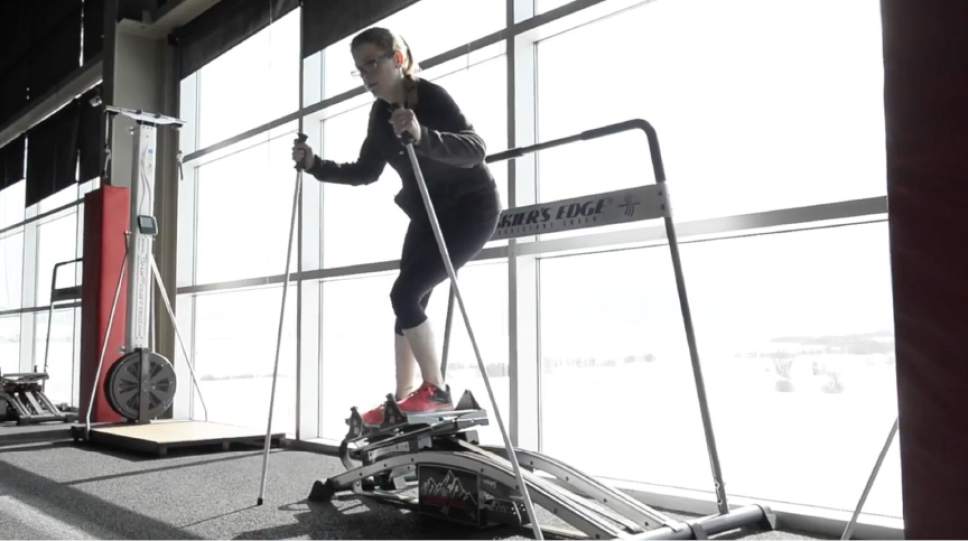This is an archived article that was published on sltrib.com in 2017, and information in the article may be outdated. It is provided only for personal research purposes and may not be reprinted.
For a long time, I have been skiing in a rut.
My skill level pretty well represents the skiing of most folks who learned as adults: comfortable on the blues and greens, fairly lame on the blacks. Add moguls, and I give myself over to the airplane arms and Larry Craig bathroom stance. It's like if you put ski equipment on a starfish and pushed it down a hill.
I never took a lesson. Friends kept giving me pointers, and I figured I'd take a lesson when I couldn't teach myself anything more.
That was about a decade ago.
Since then, I've been stranded in mediocrity; a "terminal intermediate," as they say. I'll go down almost any hill, but I definitely don't look like The Good People — the ones who glide effortlessly down the groomers and bob through powder like pistons.
It turns out there are a lot of techniques and products for skiers like me. It isn't fun to stall out at so-so, but it's a good place from which to test promises of improvement.
Here are the things I've tried that either didn't help or I just couldn't do:
• Holding my arms out in front of me to keep me pointed downhill.
• Unbuckling my ski boots to force my shins to exaggerate the movement of pushing against the boot tongues as I lean forward.
• Stacking beer bottle caps inside the backs of my boots so the sharp points punish my legs for not leaning forward.
• Being told repeatedly, "Point downhill!" and "Lean forward!"
Apparently I have a strange psycho-kinesthetic resistance to pointing downhill and leaning forward. I call it Falling Painfully Is A Likely Consequence Of Leaning Down A Steep Hill. But I have great hope this condition is curable.
To that end, I spent this winter trying out three remedies:
1. Skia Ski Trainer, $69.99
This simple balance-practice device made a more immediate difference than everything else I've tried. The Skia Ski Trainer is a pair of plastic blocks that you strap onto your ski boot. You stand in your boots and try to balance on the blocks, which forces you to center your weight over the boot as you would while skiing properly. If you practice regularly, in short intervals, your muscles eventually learn how they're supposed to feel on skis. The blocks come in four different widths to increase difficulty as you improve.
After two weeks of practice, I tried skiing at Snowbasin. I was noticeably more stable as I carved through turns on green and blue groomers. My skis wobbled less underfoot, and I felt more connected to the snow — like I suddenly was doing something right that I hadn't done before.
But those gains disappeared when I got to the black runs. Staring down the Wildflower run (a 2002 Olympic downhill course), I couldn't bring myself to trust my newfound balance, retreating instead to my snowplow and wiping out spectacularly on my first turn.
2. Skier's Edge ski simulator, price not disclosed
This exercise machine is promoted by many a competitive racer, but I wasn't sure whether it would advance my inexpert technique. The company, based in West Valley City, doesn't list its prices publicly (request a catalog at skiersedge.com), and I don't have the budget or space for large fitness equipment. But the Basin Rec Fieldhouse in Kimball Junction has two. That's where I tried it.
The machine replicates skiing with footbeds that slide over an arch with resistance bands. You push your feet back and forth, hoisting them over the hump. The footbeds can be set wide for carving, or narrow for moguls and powder.
After two weeks of daily workouts, I tried skiing again, this time at Brighton. My hip action was easier on the blue and green groomers, but the biggest improvement was on the bumpy snow. I felt like my muscles were more ready to take on the moguls; I didn't have to stop and work up my nerve to snowplow at each turn. I got through them more quickly and with more energy.
3. Lesson at Brighton, $95 plus $79 lift ticket
With just an hour to fix me, teacher Lisa Buckstad took me to some short slopes to break down the "hockey stop," step by step, in slow motion. It was like practicing piano with a slow-ticking metronome, to isolate the problem spots — like my failure to twist at the waist to keep my upper body facing forward (my old "point downhill" hangup, but now with permission to keep my skis against the slope). We returned to the soft moguls to link turns more fluidly still. Finally, I had a chance to learn these movements on a pitch, something I had to just imagine with the products I tested.
The lesson didn't instantaneously reform my skiing, but it gave me goals to keep in mind and practice in the future. Practice isn't something I've thought much about as I've languished at the intermediate level. My focus was more on troubleshooting, as if I needed just one or two little adjustments for everything to come together perfectly in a big breakthrough — like learning to ride a bike. Now I think it's actually more like learning to play piano, where you gradually ratchet up the difficulty; the more proficient you get, the more incremental the improvements are.
It can feel like you're not getting any better. But then you find yourself back on a green groomer, following your teacher to the lodge, and you realize you're gliding effortlessly. Almost like The Good People.
Twitter: @erinalberty









